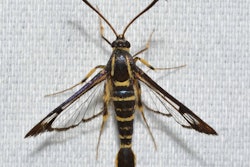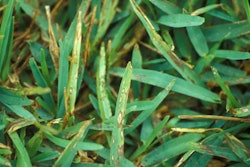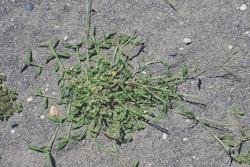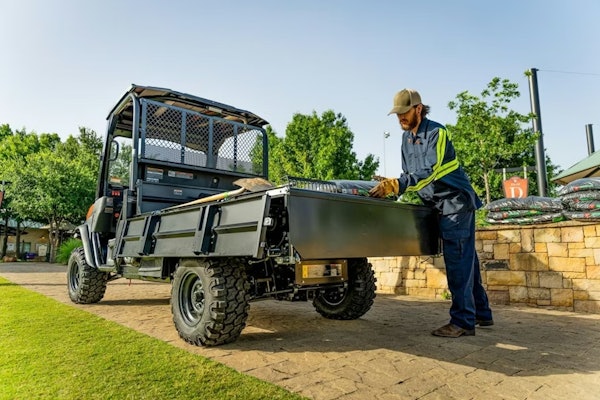So much goes into the application of pesticides on landscapes. From correctly identifying the pest to assessing control options to picking chemicals to amending cultural practices, each step is critical to your success in eliminating the target pest. But no matter how accurately you achieve the first steps, it’s futile if you don’t get the chemical application rate right.
Rate of success
There are several causes for applying chemicals at the wrong rate.
- Not paying attention to the label. Always read the label. The label gives you the best instructions on how to use the product. It is your single-most important tool for safe and effective chemical application.
- Relying on past experience. OK, so you’ve applied this product two dozen times already it’s no excuse for not re-evaluating the rate and instructions. It’s entirely possible that your memory may not be as reliable as you think or the manufacturer changed the chemical concentration or recommended rate. It’s simply not worth the risk.
- Using the “same” product, but a different brand. Despite the fact that they may have the same active ingredients, all products are not created equally. Formulation plays a critical role in not only how the product will work, but on application rates, as well. Don’t be fooled into thinking that active ingredients link the products or their recommended use rates.
- Improper calibration of equipment. This is one of the primary culprits of poorly applied chemicals. In this case, even if you read the label, follow instructions and mix the chemical correctly, you still won’t get a desirable level of control.
Regardless of the reason for applying chemicals at the wrong rate, the results are the same: If you apply too little, you won’t get the control you need; too much and you risk harming turf and other plants as well as animals and people.
Keep it calibrated
Ideally, you should calibrate your sprayer any time you change chemical types or when application conditions change. Doing so will not only improve the accuracy of your application, but ensure your equipment is working in tandem with the product to maximize the effectiveness of the treatment. At the very least, you should calibrate a few times each season, especially during periods of frequent use. Yes, it takes time and involves math, but it’s not so complicated that it requires an engineering degree. In fact, the calculations are relatively simple. And besides, the results make it all worth it.
There are a variety of methods available for making these calibration calculations, but these are among the simplest of the bunch.
Backpack sprayers
- Measure off an area that is exactly 100 square feet (10×10 feet).
- Add two gallons of water to a backpack sprayer.
- Spray the area, maintaining a consistent walking speed while holding the nozzle at a constant height, spraying as evenly as possible.
- Measure the amount of water remaining in the tank.
- Subtract this amount from the two gallons you started with. This will provide you with the amount of water applied for 100 square feet. Multiply this by 10 to get the rate for 1,000 square feet. This is your application rate.
Example: If you were left with 1.5 gallons after spraying your 10×10 area, 2 gallons – 1.5 gallon = 0.5 gallon applied per 100 square feet, 0.5 gallon x 10 = 5 gallons per 1,000 square feet.
Remember that if you double your walking speed (all other things remaining constant) you’ll apply only half as much spray, so try to keep an even pace.
Lawn care spray guns
- Record the time it takes to spray 1,000 square feet. (Again, maintaining a consistent walking speed while holding the nozzle at a constant height, spraying as evenly as possible.)
- Measure flow rate of the spray gun for one minute by collecting the spray in a jug.
- Multiply the time it took to spray 1,000 square feet by the flow rate to determine the application rate in gallons per 1,000 square feet.
Example: If you collected 2 gallons of water in 1 minute from the spray gun, and it took you three minutes to spray 1,000 square feet, then 2 gallons x 3 minutes = 6 gallons per 1,000 square feet application rate.
Keep in mind the speed you walk, your nozzle pressure, the width of your spray swath and your nozzle tip all affect application rate. To achieve the most accurate calibration, try to ensure that these elements remain as consistent as possible.











